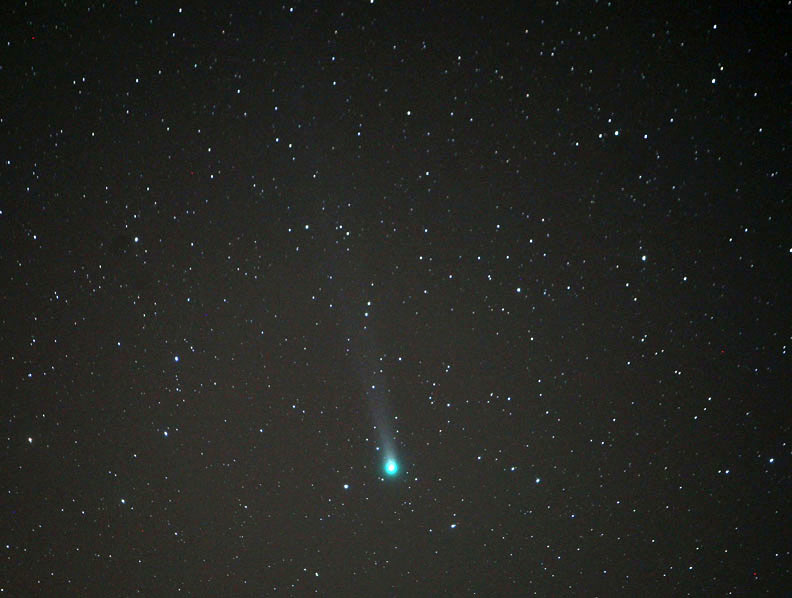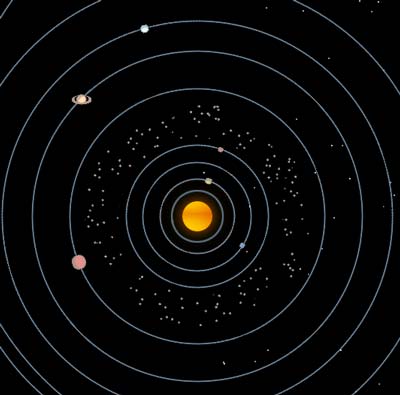Comet Lovejoy 2013
A Surprise Thanksgiving Comet
While questions about Comet ISOM — which according to most accounts will not be visible after a year of hoopla — another newly discovered comet, Comet Lovejoy 2013, is stunning in binoculars during the first ten days of December 2013.

Comet Lovejoy 2013 finder chart. Map from Chris Marriott.
Comet ISOM, predicted to be as bright as the moon, lead the science sections of newspapers worldwide and was a lead science story on the evening news even though it was not known whether the comet would survive its journey around the sun. It did, but greatly diminished. At this point who knows whether anyone will see it.
And, as usual, the press confused Comet Lovejoy 2011, which was visible in Australia 2 years ago, with Comet Lovejoy 2013, which became a naked eye object on November 15, 2013 while the world was obsessing about Comet ISOM. Comet Lovejoy 2013 is the perfect binocular comet with a blue-green head and emerald tail. You will need 10 X 50 or preferably 15 X 70 binoculars to fully enjoy it. I found it in seconds in the predawn sky 2 hours before sunrise.

Comet Lovejoy 2013 seen through binoculars. Photo credit: Bob King
How to see the real Thanksgiving Comet - Comet Lovejoy 2013
It's heading towards the sun which means it will be lower and lower in the sky getting closer and closer to sunrise. Which means the best time to see it is right now. Here are the steps:
- Determine sunrise for your area & set your alarm for 2 hrs. before sunrise.
- Make sure your eastern view is dark. No streetlights, no major light pollution. Go out to country if that is not the case. Another rule of thumb. If you could see COMET PANSTARRS from your house you can see Lovejoy 2013.
- Use the finder chart to point your binoculars in the general direction. Comet Lovejoy 2013 is so big you will find it immediately by pointing your binoculars in the general direction of where the chart shows it to be.
- The comet will rise higher and higher in the sky. Unfortunately, glare from sunrise will actually dim the comet affecting the contrast by about 1.5 hrs. before sunrise. Also if you delay & don't look for it soon it will be lower and lower in the sky over the next 10 days & get lost in the sun's glare.
 See an animation of the movement of planets in our solar system.
See an animation of the movement of planets in our solar system. See amazing views from space
See amazing views from space